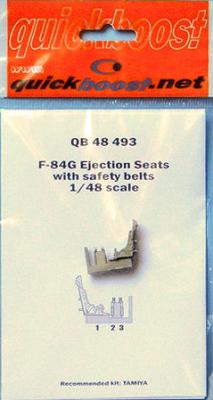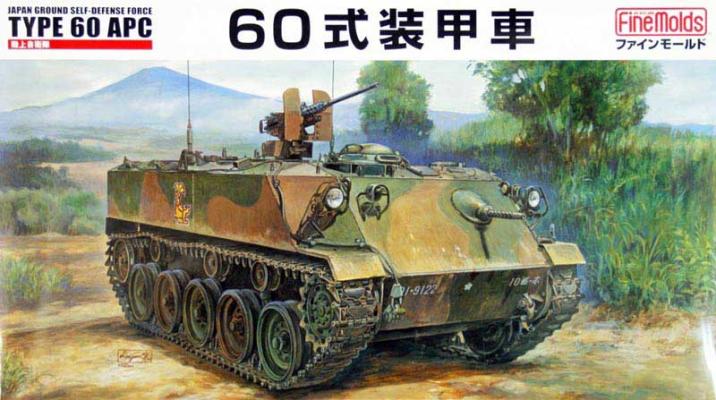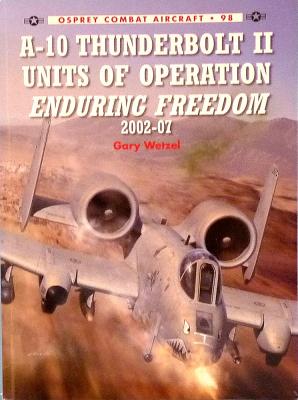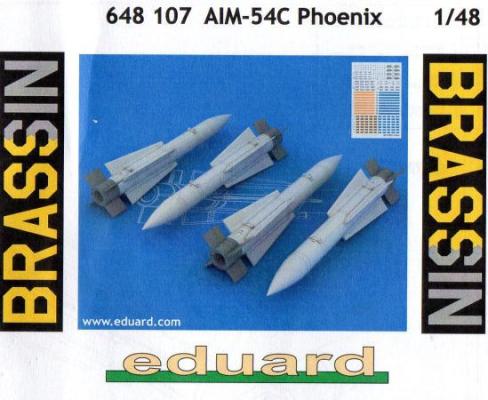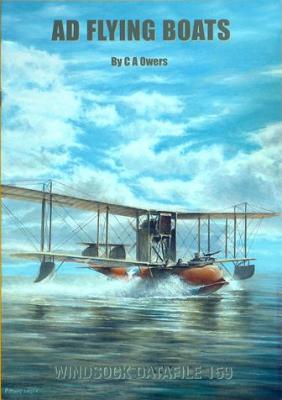Quickboost now offers aircraft builders a highly detailed 1/48 scale ejection seat that is intended to replace the one found in either the Tamiya or Revell F-84G kit. It is recommended as a replacement for the Tamiya seat, but it also can be used to replace the Revell kit seat with very little adjustment. As nice as the kit parts may be, this replacement provides a higher level of detail along with casually posed shoulder and lap belts molded in place. The details are very delicate and crisply molded.
Welcome to the IPMS/USA Reviews site!
Introduction: The primary organization of the IPMS/USA Review website is by IPMS/USA National Contest Class. Within each Class there are sub-menus by kits, decals, books, etc. The Miscellaneous Class is for items that are not class specific or that cross two or more classes.
IPMS/USA Members: We encourage you to submit reviews, both here and to the Journal. To volunteer for membership in the IPMS/USA "Reviewers Corps" and submit your own reviews, please read the Guidelines For Submitting Product Reviews.
Manufacturers, publishers, and other industry members: IPMS/USA is pleased to offer your company the opportunity for product reviews. All product reviews are performed by IPMS/USA members, and are posted in the publicly-accessible section of our website. With very few exceptions, we perform full build reviews of new kit releases, aftermarket products, and supplies. If you would care to provide product samples for review, please contact John Noack, IPMS/USA 1st VP.
To learn more about IPMS/USA, please see our About Us page.
The JGSDF Type 60 APC
The Japan Ground Self Defense Force (JGSDF) is the main branch of the Japan Self-Defense Forces responsible for land-based military operations. It is the de facto army of Japan.
Development of the Type 60 armored personnel carrier (APC) began in 1957. Mitsubishi Heavy Industries and Komatsu Ltd. were tasked by the Ministry of Defense to develop prototypes for an APC that would see use exclusively in Japan by the JGSDF and could keep up with their main battle tanks. From 1958-60, several prototypes were evaluated. In 1960, the Type 60 was selected and production began. There was no amphibious capability, nor was the vehicle protected from biological, chemical, or nuclear contaminants. It was capable of a top speed of 28 mph and weighed 11.8 tons. The armor was welded rolled plate steel, good enough to protect against most rifle calibers and shrapnel.
Review
The Fairchild Republic A-10 Thunderbolt II is so ugly, it’s beautiful. It is clearly an example of function over form. The A-10 is designed to maximize the pilot protection with a titanium bathtub cockpit and heavily armored cockpit glass. The airframe design has redundant control systems and high mounted engines to provide maximum survivability when damaged, and also to reduce the risk of engine damage. The book starts with the fly-offs between manufacturers and the selection of Fairchild Republic as the design winner. In response to pilots’ feedback for a big gun, the General Electric GAU-8 Avenger 30 mm cannon was selected, with a rate of fire at 3900 rpm.
History
The AIM-54 Phoenix is a radar-guided, long-range air-to-air missile (AAM), carried in clusters of up to six missiles on F-14 Tomcats, its only launch platform. The Phoenix was the United States' only long-range air-to-air missile. The weapons system based on Phoenix was the world's first to allow simultaneous guidance of missiles against multiple targets. Both the missile and the aircraft were used by the United States Navy and are now retired, the AIM-54 Phoenix in 2004 and the F-14 in 2006. Following the retirement of the F-14 by the U.S. Navy, the weapon's only current operator is Islamic Republic of Iran Air Force.
Windsock Datafiles from Albatros Productions are considered by many to be the most comprehensive reference/historical publications available for those who build WW I scale aircraft models. Each volume focuses on a specific aircraft and can be counted on to provide a thorough study of the subject. The most recent volume, Windsock Datafile No. 159, details the history of the AD Flying Boats.











